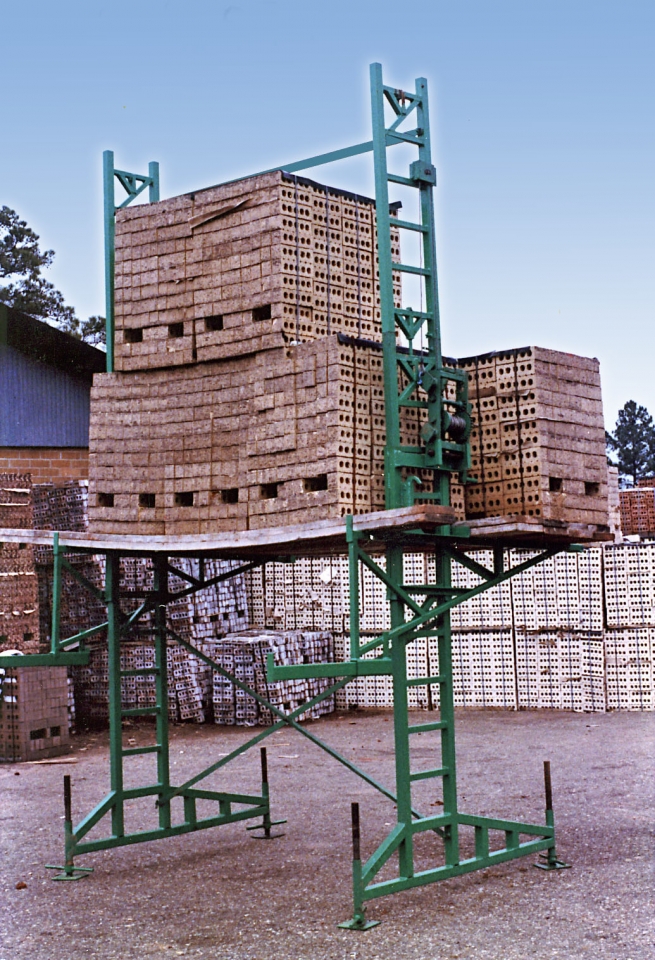Expert Scaffolder Surrey Offering Customized Solutions for Your Needs
Expert Scaffolder Surrey Offering Customized Solutions for Your Needs
Blog Article
Exploring the Various Kinds of Scaffolding Used in Building And Construction Tasks
The building market relies heavily on different kinds of scaffolding to meet certain task needs, each offering distinct advantages and applications. Traditional framework scaffolding supplies a sturdy foundation for general jobs, while suspended scaffolding is vital for service skyscraper frameworks. Other choices, such as system and rolling scaffolding, provide to efficiency and flexibility, respectively. Additionally, the cantilever alternative confirms invaluable in urban atmospheres where area is constrained. Comprehending the subtleties of these scaffolding types is vital for maximizing safety and efficiency on building websites, triggering a better assessment of their distinct characteristics and applications.

Typical Framework Scaffolding
Typical frame scaffolding is just one of the most commonly made use of methods in the construction sector because of its toughness and flexibility. This system includes upright and straight frameworks that are assembled to develop a stable platform for materials and employees. The main parts consist of upright articles, horizontal journals, and diagonal braces, which with each other provide a solid framework that can sustain considerable tons.
Among the key benefits of conventional framework scaffolding is its versatility to various building and construction tasks, ranging from household structures to huge business frameworks. The modular layout enables simple setting up and disassembly, making it efficient for both temporary and long-lasting jobs. Additionally, the system can be customized in height and width, fitting various building designs and site problems.
Security is paramount in scaffolding applications, and typical frame systems are furnished with guardrails and toe boards to stop falls and make certain employee security. Furthermore, normal inspections and adherence to security policies are vital in keeping the stability of the scaffold. Overall, standard framework scaffolding continues to be a fundamental choice in the building and construction industry, offering a trusted platform for labor and boosting overall project efficiency

Suspended Scaffolding
Suspended scaffolding provides a distinct option for construction tasks that need accessibility to raised surfaces, especially in circumstances where typical frame scaffolding might be impractical. This sort of scaffolding is typically put on hold from the roofing system or upper levels of a structure, using a system of ropes, platforms, and sheaves to produce a functioning area that can be gotten used to different elevations.
Among the key benefits of put on hold scaffolding is its adaptability. It can be conveniently rearranged or decreased to accommodate modifications in construction demands, making it excellent for jobs such as home window installment, façade job, and upkeep on skyscrapers. Additionally, the very little footprint of suspended scaffolding enables much better usage of ground space in city atmospheres, where room is commonly restricted.
Safety and security is an essential consideration in the use of put on hold scaffolding. On the whole, put on hold scaffolding provides a effective and effective option for accessing hard-to-reach locations in various building circumstances, boosting both productivity and safety on website.
System Scaffolding
System scaffolding, frequently considered as a contemporary solution in the scaffolding industry, includes pre-engineered components that can be rapidly put together and adapted for numerous building and construction projects. Scaffolding. This kind of scaffolding is characterized by its modular design, which enables flexibility and performance on work websites, fitting structural needs and different elevations
Normally made from high-strength steel or light weight aluminum, system scaffolding provides enhanced resilience and stability. The components consist of upright articles, straight journals, and diagonal braces, which adjoin safely, making sure a robust get redirected here framework. The layout usually integrates standardized fittings, simplifying setting up and disassembly procedures, therefore decreasing labor time and costs.

Rolling Scaffolding
Moving scaffolding is a functional alternative to conventional fixed scaffolding, designed for movement and convenience of use on building sites. This kind of scaffolding includes a platform supported by structures with wheels, permitting employees to quickly relocate it as required. The wheelchair attribute substantially boosts productivity, as it decreases downtime linked with taking apart and constructing repaired scaffolding.
Typically built from lightweight products such as aluminum or steel, rolling scaffolding offers a durable yet mobile solution for tasks calling for frequent repositioning - Scaffolding. It is specifically useful in tasks such as paint, drywall setup, and electric work, where accessibility to different elevations and areas is needed
Security is extremely important in rolling scaffolding style, with functions such as locking wheels to protect against unintentional motion when being used, and guardrails to safeguard workers from falls. Furthermore, numerous versions are adjustable in height, suiting different job requirements.
Cantilever Scaffolding

The design of cantilever scaffolding usually entails utilizing arms or braces anchored to a building or structure, allowing the platform to extend outward safely. Safety and security is paramount; therefore, these scaffolds need to be engineered to withstand linked here ecological conditions and various tons. Normal examination and maintenance are necessary to ensure structural stability and employee safety.
Cantilever scaffolding is preferred for its convenience and effective use area, making it a preferred selection in that site metropolitan settings where space restraints prevail. Moreover, it assists in much easier access to high altitudes, ultimately adding to the general efficiency of building and construction tasks. As with all scaffolding kinds, proper training and adherence to safety and security criteria are critical for workers using cantilever scaffolding.
Conclusion
Conventional structure scaffolding provides stability, while suspended scaffolding provides adaptability for elevated tasks. System scaffolding helps with quick setting up, and rolling scaffolding improves wheelchair for differing work settings.
Traditional framework scaffolding provides a durable foundation for basic tasks, while suspended scaffolding is crucial for job on skyscraper frameworks.Rolling scaffolding is a flexible choice to traditional fixed scaffolding, developed for wheelchair and convenience of usage on building sites. As with all scaffolding types, correct training and adherence to security requirements are essential for employees making use of cantilever scaffolding.
Standard frame scaffolding offers stability, while put on hold scaffolding uses flexibility for elevated jobs. System scaffolding helps with fast setting up, and rolling scaffolding improves movement for differing job settings.
Report this page